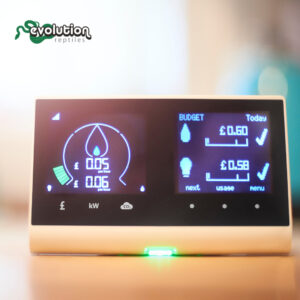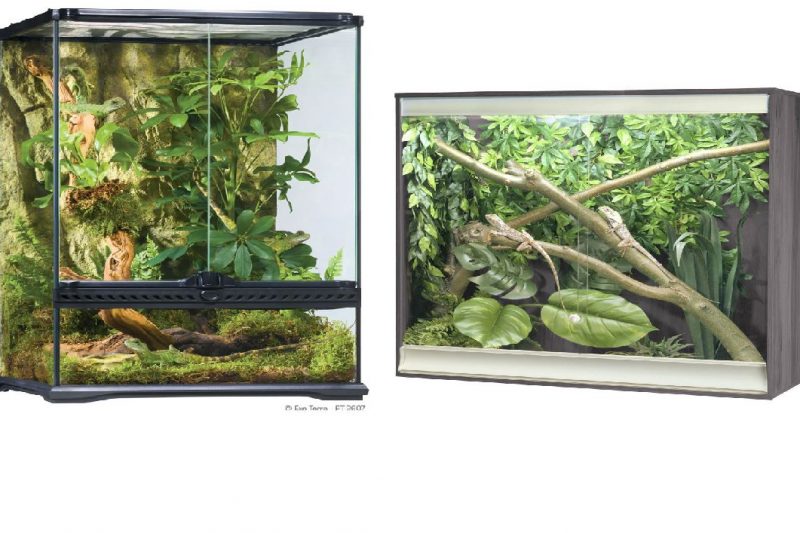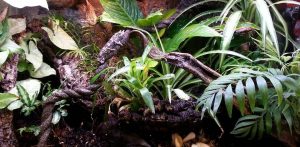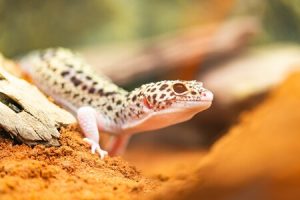
How much does it cost to run my vivarium?
How much does it cost to run my vivarium? We are all becoming more aware of energy costs as the price continues to rise. So

When discussing the details of your new setup for your reptile pet, you might wonder what the difference is between these two terms. After all, they seem to be interchangeable on the internet, so what exactly is the difference? It’s certainly true that we are asked the question a lot, and that the answer isn’t as simple as it might first appear!
Terrarium and vivarium are two of those terms that everyone thinks they know about, but very few of us actually know the textbook definition. Honestly, it doesn’t really matter either way; both terms are flexible when it comes to keeping pet reptiles, and if we went solely by common usage we wouldn’t be any further forward. Some say one, some say the other, so hopefully, we can clear up some of the confusion.
According to the Oxford English Dictionary:
vivarium
/vʌɪˈvɛːrɪəm,vɪˈvɛːrɪəm/
noun
Not entirely helpful.
Generally, when we use the term ‘vivarium’ we are talking about the classic wooden box equipped with heating and lighting and fronted with sliding glass doors. Over the decades, that’s what the word has meant in the UK.
If we take that as its meaning, then a vivarium is the ideal enclosure for most small to medium-sized desert and arid habitat reptiles, as wood is an excellent insulator that makes maintaining high temperatures relatively simple. Wood is also very good for attaching equipment to, is tough and
long-lasting, and can be very attractive.
Some of the best inhabitants for wooden vivariums are bearded dragons, uromastyx, leopard geckos, corn, king and most rat snakes, and other arid or desert living reptiles. As an arboreal (taller than long) vivarium, they are very good for frilled dragons, Yemen chameleons, water dragons, basilisks and other tree-climbing species. Obviously, to keep any of the forest species that need higher humidity you will need to seal the wood very well – but we’ll cover that a little bit later.
Consulting the dictionary, we get:
terrarium
/tɛˈrɛːrɪəm/
noun
Traditionally, a terrarium was a glass container used for growing plants. Very popular with the Victorians, and still in use to this day; most garden centres have large displays of various glass containers for growing delicate tropical or desert plants.
Certainly, until fairly recently that would have been the difference between the two terms: vivariums are for animals, and terrariums are for plants.
However, at some point, somebody figured out that for reptiles and amphibians that like a more humid enclosure a glass terrarium was just the ticket, and a whole new branch of reptile keeping was born! Aquariums are sometimes used, especially in America, despite the fact that the lack of ventilation makes them unsuitable for most terrestrial animals.
So generally, a terrarium is a glass enclosure designed specifically for reptiles and amphibians. They are best for forest living animals that require a reasonable level of humidity as well as semi-aquatic species; because glass loses heat a lot faster than wood does, they are also suitable for animals that like a lower ambient temperature but still appreciate a basking spot, such as crested geckos.
Before you decide which type of enclosure you would like, then look at what sort of animal you are wanting to keep. You need to take into account its adult size, what sort of conditions it needs to thrive, and how it will fit into your living space. As a general rule, desert or arid habitat animals will do best in a wooden vivarium, and forest animals and amphibians will do better in a glass terrarium.
Size is another consideration. Glass terrariums don’t routinely go up to the sizes that wooden vivariums do, so when it comes to species such as bearded dragons it is very difficult to find a glass terrarium that is large enough for even a single beardie. Generally, if you need a larger space you will need to go with a wooden vivarium, although it can be glass-lined in order to make it humidity proof. (But beware – glass is heavy!).
However, it is possible to get a really good temperature gradient in a glass terrarium so there are some animals that do equally well in both – for instance, most of the small to medium ground living geckos will do well in a glass terrarium with species-appropriate lighting and heating. Species like leopard geckos, African fat tail geckos, East Indian leopard geckos, viper geckos, and most of the smaller species of skink.
Small to medium arboreal lizards do incredibly well in glass terrariums. Crested and gargoyle geckos, anoles, and some chameleons also do very well in glass enclosures as it is easier to maintain the more humid conditions they enjoy without damaging the fabric of the enclosure. They are very well ventilated too, which most arboreal animals enjoy.
Some species that have traditionally been kept in wooden vivariums can thrive in glass setups. Corn snakes, for example, stay small enough that a well-furnished glass enclosure can be very comfortable for them, and western hognose snakes also appear to appreciate the opportunities provided by the array of different forms of lighting and heating that can be used.
If you are wanting to create a bioactive environment for your pet reptile then it is much easier to do this in a glass terrarium, as the watering necessary to keep your plants alive will not damage the glass in the same way it will damage the wood. We have several different glass setups that can be customised with different heating and lighting options in order to produce the perfect home for your new pet.
If you would like to find out more about keeping a happy and healthy reptile or amphibian, then please feel free to contact us here in our Oxfordshire store. We are happy to help.
For further information on this and other reptile care topics we have an extensive range of care sheets on the care hub portion of our website, as well as our blog that you might find useful for wider information on the subject of reptile keeping.
We hope to hear from you soon!

How much does it cost to run my vivarium? We are all becoming more aware of energy costs as the price continues to rise. So

Setting up a new enclosure, especially for the first time, can be very confusing. There are a lot of questions that we are commonly asked

Once we have decided on what species of reptile we want to keep, we have to assemble the equipment needed for it to live a
Copyright 2021 Evolution Reptiles
All rights reserved.